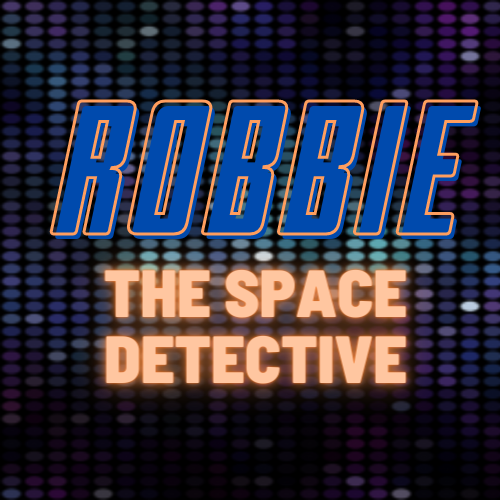Transforming Robbie to support transient science in the SKA big-data era
CI: – Dr. T. Galvin
Robbie is a batch-based processing pipeline to support the identification and characterization of variability and transient events among sets of radio-continuum images. The software was originally developed using phase-one data from the Murchison Widefield Array (MWA) using open source frameworks, and has been designed to support interchangeable modules. Given a set of preprocessed images, Robbie will create light curves of all detected sources, and return a comprehensive collection of statistics detailing the presence of type of variability, if detected, towards a region of sky in an automated and unattended fashion.
However, in its current form Robbie places strict requirements to the input set of radio images, and there are no current Robbie stages to automatically cast images to its expected internal specification. Images have to be interpolated into a common pixel grid that is stripped of World Coordinate System (WCS) information. In practice, this means only images directed to the same patch of sky can be processed by Robbie, with non-overlapping regions being excluded for variability searches. Additionally, there are currently no mechanisms to enable configurations to be programmatically set and called – all stages and processing options are hard-coded in the Robbie source These requirements inhibit the straightforward deployment of the Robbie workflow by groups using SKA pre-cursor instruments, including a number of research groups within the MWA collaboration.
This ADACS proposal is seeking technical expertise to assess the internal structure of Robbie and extend its workflow to process unsorted and partially overlapping images sets, and to create a user interface into Robbie. Removing these hard barriers of entry will enable routine search of variability and transient events among MWA projects.

